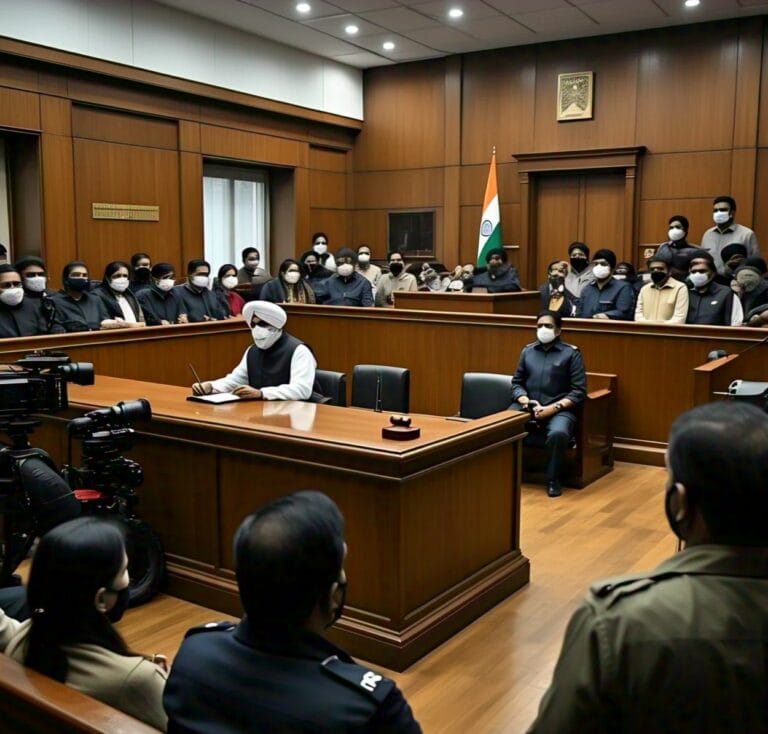
Is the Right to Suicide a Criminal Act in India? A Legal Analysis of the Intersection Between Personal Liberty and State Intervention
The Legal Status of Suicide in India: Balancing Personal Liberty and State Intervention
In India, the act of attempting suicide has long been a subject of legal and moral debate. Historically, under Section 309 of the Indian Penal Code (IPC), attempting suicide was considered a criminal offense, punishable by imprisonment, a fine, or both. This legal stance has been a point of contention, especially when juxtaposed against the fundamental rights enshrined in the Indian Constitution.
**Historical Context of Section 309**
Section 309 of the IPC states: “Whoever attempts to commit suicide and does any act towards the commission of such offence, shall be punished with simple imprisonment for a term which may extend to one year or with fine, or with both.” This provision criminalized the act of attempting to end one’s own life, reflecting a time when such actions were viewed through a moralistic and punitive lens.
**Judicial Interpretations and Challenges**
Section 309 was often challenged in the courts for violating the Constitution. In the case of *P. Rathinam vs. Union of India* (1994), the Supreme Court considered whether Article 21, which guaranteed the right to life, implicitly included the right to die. The Court observed that if the right of free speech incorporated the right of silence, it was not improper to interpret the right to life as including the right to take one’s own life. Section 309 was accordingly held to be violative of the Constitution.
However, this perspective was very short-lived. In *Gian Kaur vs. State of Punjab* (1996), a five-judge bench of the Supreme Court, overruled the earlier judgment, that right to life did not include right to die. The Court further held that “Article 21 is the provision guaranteeing protection of life and personal liberty and by no stretch can extinction of life be read into it”. Thus Section 309 was brought back in the statute books as a viable provision.
The Mental Healthcare Act of 2017: A Paradigm Shift
Major changes took place when the Mental Healthcare Act was enacted in 2017 and became operational in 2018. Such an enactment brought a paradigm shift in the treatment of mental health in India and the legal approach towards attempts to commit suicide. The Act explicitly states that any person who attempts suicide shall be presumed to be suffering from severe stress and shall not be subjected to any investigation or prosecution under Section 309 of the IPC. This presumption shifts the focus from penalizing individuals to providing them with necessary mental health care and support.
The Act mandates that it is the duty of the government to provide care, treatment, and rehabilitation to such individuals to reduce the risk of recurrence. This approach aligns with a more compassionate understanding of mental health issues, recognizing that individuals who attempt suicide require medical and psychological assistance rather than punishment.
**Euthanasia and the Right to Die with Dignity**
The right to die is, therefore, also linked to debates over euthanasia while the attempt to commit suicide has been decriminalized under the Mental Healthcare Act. In the landmark judgment of *Common Cause vs. Union of India* (2018), the Supreme Court recognized the right to die with dignity as a fundamental right under Article 21. The Court permitted passive euthanasia under strict guidelines, allowing individuals to draft a living will specifying their wishes regarding end-of-life care in the event they become incapacitated.
This judgment spoke of the importance of personal autonomy and a right to control decisions about one’s own body, especially in the context of terminal illness and unbearable suffering. It differentiated between the act of taking one’s life impulsively because of transient distress and a considered decision made to refuse life-prolonging treatment in the face of terminal illness.
**Balancing Personal Liberty and State Intervention**
The legal context related to suicide has been evolutionary in nature, meaning a fine balance between the rights of the individual and state interest. For one, decriminalizing suicide attempts recognizes personal freedom and that penal actions could not possibly be warranted against those under severe stress. On the other hand, state has an interest in the preservation of life, preventing suicide, and protecting vulnerable persons with appropriate care and support.
This balance is complicated further by the recognition of passive euthanasia and the right to die with dignity, because it demands the state to respect individual autonomy and ensure that decisions made in such matters are free, informed, and without any form of coercion.
**Conclusion**
From punitive under Section 309 of the Indian Penal Code to a softer and more liberal approach under the Mental Healthcare Act 2017, suicide laws in India have strongly transformed. This change demonstrates a better realization of mental health issues and the fact that providing help is far more important than punishment for a person in distress. The right to die with dignity is further vindicated by the societal value placed upon personal autonomy within end-of-life decisions. To that end, even as societal attitudes regarding life and death continue to shift, it must be ensured that the legal architecture remains responsive to complexities surrounding personal liberty and state action in matters of life and death.






